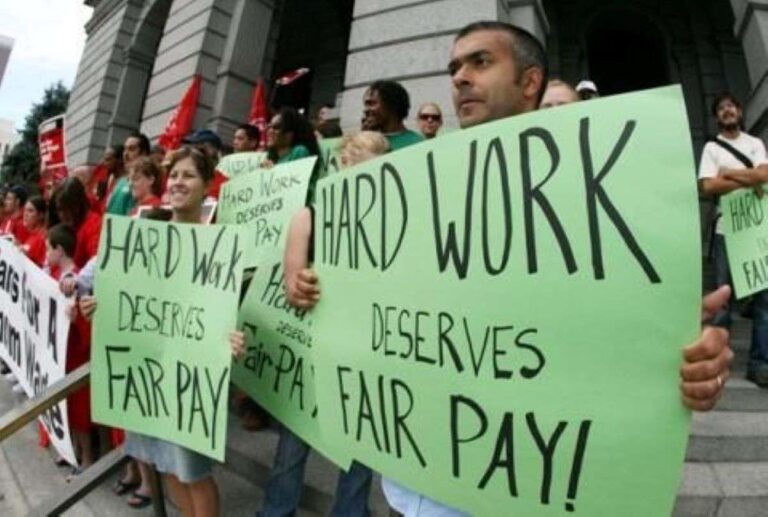The Effects of the 32-Hour Work Week on Americans

The Effects of the 32-Hour Work Week on Americans
A Deep Dive Into Minimum Wage in the USA
Effects of Increasing the Minimum Wage
Spending More Means Charging More
Some Companies Will Have to Cut Back on Staff
How Will Companies Work Without Staff?
Many Companies Have Been Investing in AI Instead
Some Companies Will Pack Up
Bernie Sanders’ Plan for a 32-Hour Work Week
The Benefits of a 32-Hour Work Week
What a 32-Hour Work Week Would Cost
Trifling With the Marketplace
MOST POPULAR
-
Dinosaur Embryo Discovered Inside 72-Million-Year-Old Egg
March 22, 2024 -
Some Countries With Strict Anti-LGBTQ+ Laws
March 22, 2024 -
New Study Reveals Underground Climate Change Below Populated U.S. Cities
March 18, 2024 -
Truckers Show Support for Trump, Boycott NYC Amid $355 Million Civil Fraud Ruling
April 17, 2024 -
Did Oswald Act Alone? Chilling Testimonies From JFK’s Assassination
March 9, 2024 -
CRFB Reveals How Much National Debt Trump Incurred in His Presidency
April 19, 2024 -
Americans Think Both Biden and Trump Would Not Make Good Presidents
April 16, 2024 -
Here’s Why Young American Males Don’t Want a College Education
May 18, 2024 -
Baltimore Mayor Accuses Racists of Weaponizing DEI Language
April 15, 2024 -
Federal Judge Suggests Trump Might Incite Another Riot Like January 6
April 18, 2024













